Wingspan 16 m | Length 8.15 m | |
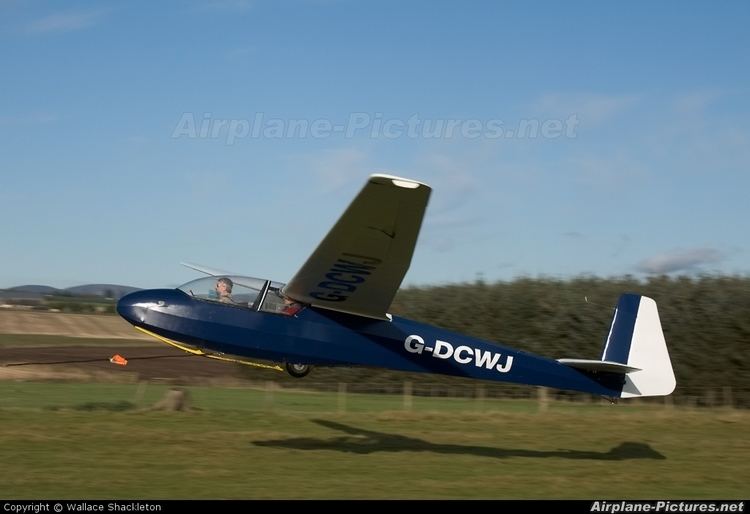 | ||
Manufacturer Alexander Schleicher GmbH & Co | ||
Schleicher k7 landing 92a
The Schleicher K7 Rhönadler, aka Ka-7 or K-7, is a West German high-wing, two-seat, glider that was designed by Rudolf Kaiser and produced by Alexander Schleicher GmbH & Co.
Contents
- Schleicher k7 landing 92a
- Design and development
- Operational history
- Variants
- Specifications K7
- References
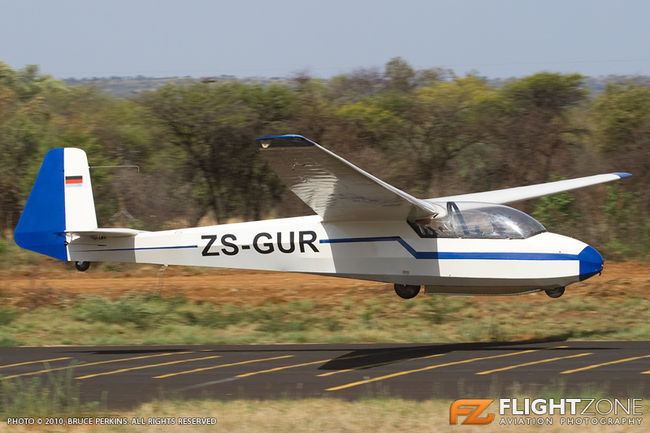
Often referred to as the Ka-7 or K-7, the US Federal Aviation Administration type certificate officially designates it as the K7.
Design and development
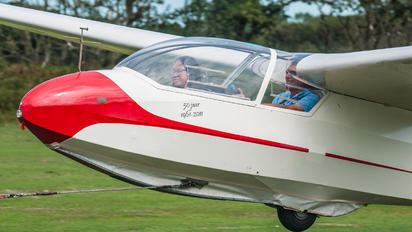
The K7 was intended as a two-place trainer with good performance, a rare combination in trainers of its time.
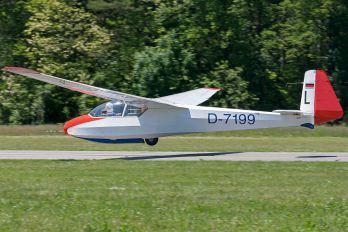
The K7 is constructed with a welded steel tube fuselage, covered in doped aircraft fabric covering. The wing is a wooden structure with a doped fabric covering and employs a Goettingen 533 (16%) airfoil at the wing root, transitioning to a Goettingen 533 (14%) section at the wing tip. The wing features powerful dive brakes. The landing gear is a fixed monowheel. The earlier Ka-2 variant has a plywood monocoque fuselage.
After 550 had been built, the K7 was superseded in production by the Schleicher ASK 13.
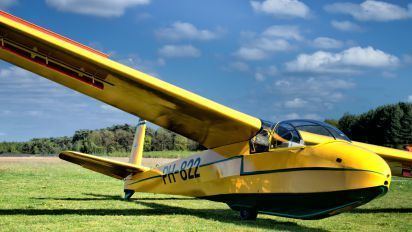
The K7 can be converted into a K7/13 with a conversion kit to lower the wing to the mid-wing position and installation of a one-piece canopy, rendering the aircraft similar to the ASK-13.
Operational history
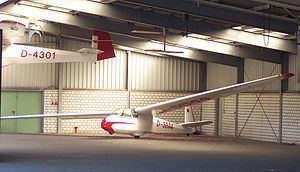
A K7 was flown to a new world multi-place glider speed record for flight around a 500 km (311 mi) triangle of 84 km/h (52 mph) in 1964 in South Africa.
Variants
Specifications (K7)
Data from Sailplane Directory, Soaring and FAA Type Certificate 7g3, The World's Sailplanes:Die Segelflugzeuge der Welt:Les Planeurs du Monde
General characteristics
Performance
